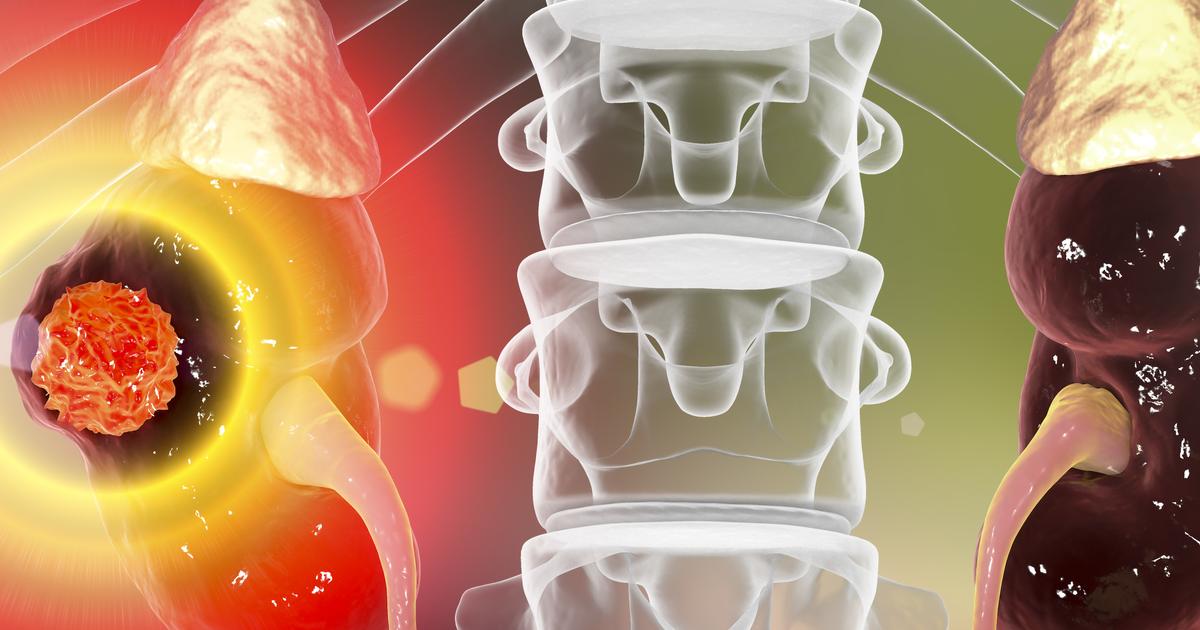Guide To The Major Types Of Kidney Cancer And Tumors
Kidneys are the organs responsible for filtering an individual's blood of excess fluids, electrolytes, and toxins to be excreted through urine. Kidney cancer, as the name suggests, is a form of cancer that affects the kidneys. Malignancy in the body occurs when cellular damage results in a change or alteration in the part of the genetic code or DNA of the cell responsible for cell differentiation, multiplication, growth, and apoptosis. This genetic mutation or change causes the cells to grow beyond control, invade healthy tissues nearby, and use up nutrients healthy cells need.
Patients have several kidney cancer treatment options. They will likely receive chemotherapy for cancer. Surgery for kidney cancer is also common. Other cancer treatments include radiation therapy for kidney cancer as well as biologic therapy. However, the best treatment for kidney cancer starts with understanding what type of kidney cancer or tumor must be treated. Learn about the major types of kidney cancer and tumors now.
Renal Cell Carcinoma

Renal cell carcinoma is the most prevalent form of kidney cancer among the population. Around ninety percent of all cases of kidney cancer are diagnosed as renal cell carcinomas. This form of cancer grows as a single mass inside of a patient's kidney in most cases. However, it can grow as two or more separate kidney tumors as well. While renal cell carcinomas are typically found when they have already grown to a large size, most cases are diagnosed before the cancer has metastasized to other organs or regions of the patient's body. The five-year survival rate is around seventy percent in cases where cancer had not spread beyond the kidney.
Symptoms include hematuria, fatigue, excessive hair growth, persistent side pain, appetite loss, weight loss, vision issues, and a lump in the abdomen. Ultrasounds of the kidney, computerized tomography scans, blood testing, urine testing, and kidney tissue biopsy are used to help diagnose this condition. The first-line treatment for renal cell carcinoma is surgery. However, treatment may also include chemotherapy, targeted therapy, radiation therapy, and biologic therapy.
Transitional Cell Carcinoma

Transitional cell carcinoma is an uncommon form of kidney cancer. It may also be referred to as urothelial carcinoma. Only between five and ten percent of all cases of kidney cancer are diagnosed as transitional cell carcinomas. This type of kidney cancer originates in the cells that make up the tissue of the renal pelvis. The renal pelvis is a structure that urine flows through following the kidney but before entering the ureter. These cells are referred to as transitional cells because they have the unique ability to stretch and change shape without bursting or becoming damaged.
Individuals who smoke cigarettes, have a history of bladder cancer, take pain medication regularly, and are exposed to chemicals in textiles, rubber, leather goods, and plastics are more likely to develop transitional cell carcinoma than others. Surgery is the most widely used form of treatment for this form of kidney cancer. Despite the low prevalence of this form of kidney cancer, ninety percent of all transitional cell carcinoma cases can be cured when they are detected before spreading beyond the urinary tract.
